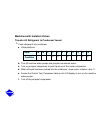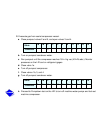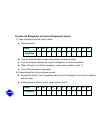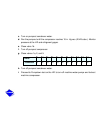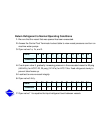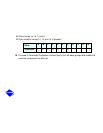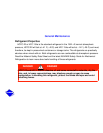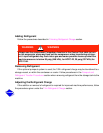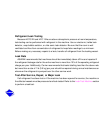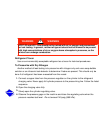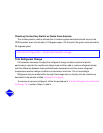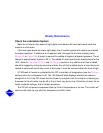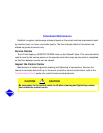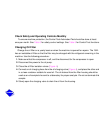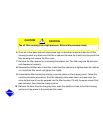
Refrigerant Leak Testing
Because HCFC-22 and HFC-134a are above atmospheric pressure at room temperature,
leak testing can be performed with refrigerant in the machine. Use an electronic, halide leak
detector, soap bubble solution, or ultra-sonic leak detector. Be sure that the room is well
ventilated and free from concentration of refrigerant to keep false readings to a minimum.
Before making any necessary repairs to a leak, transfer all refrigerant from the leaking vessel.
Leak Rate
ASHRAE recommends that machines should be immediately taken off line and repaired if
the refrigerant leakage rate for the entire machine is more than 10% of the operating refrigerant
charge per year. Additionally, Carrier recommends that leaks totalling less than the above rate
but more than a rate of 1 lb (0.5 kg) per year should be repaired during annual maintenance or
whenever the refrigerant is pumped over for other service work.
Test After Service, Repair, or Major Leak
If all refrigerant has been lost or if the machine has been opened for service, the machine or
the affected vessels must be pressured and leak tested. Refer to the Leak Test Machine section
to perform a leak test.



